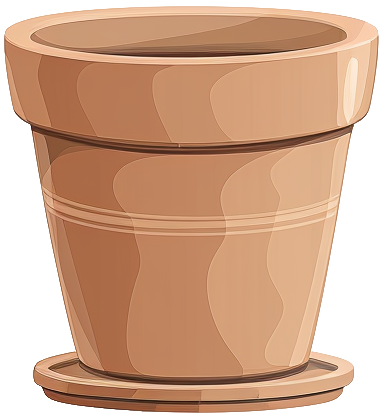- rhaphidophora
- decursiva

rhaphidophora
decursiva
decursiva
Care level
Medium
Popularity
Popular
This vigorous climber starts with simple arrow-shaped leaves that dramatically transform as they mature, developing deep splits that cascade down each side like a dragon's wings. Unlike its smaller cousins, it can rocket up walls and poles at an impressive speed, with individual leaves growing massive enough to create a stunning jungle effect.
Care & maintenance
Light
Bright light, usually located near windows but doesn't receive direct rays for more than an hour during the day.
Temperature
Warm (60.8°F - 89.6°F)
Fertilization frequency
Moderate
Monthly during the growing period.
Soil
Choose a Tropical plant mix: A rich, moisture-retentive blend with good aeration. Mimics the natural forest floor environment of tropical regions.
If you want to create your own substrate, you can make a mixture of the following soils:








Click on the soil name for more information.
Pot

Standard size
Prefer a pot with a classic width/depth ratio.
Incorrect or incomplete information?
In our goal of building the best plant database, we sometimes make mistakes or have incomplete information. You can help us fill these gaps!
Features
Size & growth
Large
Climbing
Rapid growth
This plant grows rapidly. It can reach 3 to 6 feet in height or spread.
It grows upwards by attaching to supports or winding around them.
Toxicity
| Cat | |||
|---|---|---|---|
| Dog | |||
| Human |
Reproduction & propagation
Fruits & flowers
Flowering & not self-pollinating
The rhaphidophora decursiva can produce flowers and therefore fruits.
This plant is not capable of self-pollination, it will not be able to produce fruits if it is not pollinated by another individual.
